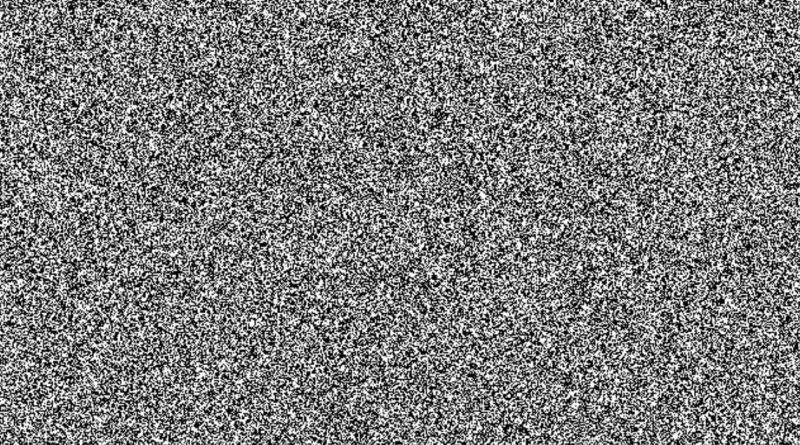A study suggests that listening to white noise might change your brain in a weird way
If you have tinnitus, which is a constant ringing in your ears, or if you live in a noisy house or apartment and have trouble sleeping because of it, you may have heard of white noise generators.
These devices make a buzzing noise that sounds like old-school TV static. This noise can cover up distracting background noises and the high-pitched ringing sound that comes from tinnitus. But a new study shows that white noise might do more than that to your brain.
“Brain scientists have learned a lot about brain plasticity, or how sensory and other inputs change the brain chemically, structurally, and functionally, in the past 50 years,” says Mouna Attarha, a cognitive scientist who used to be a PhD student at the University of Iowa and is now a researcher at Posit Science Corporation, which makes software for brain training.
More and more evidence shows that random information, like white noise, changes the way the brain works in a bad way.
In a new review article, Attarha and researchers from the University of California, San Francisco say that the background buzz of white noise, which some people say can help lessen the symptoms of tinnitus, could actually be bad for our central auditory system.
Even though scientists don’t fully understand what causes tinnitus, they keep finding evidence that the symptoms are linked to measurable changes in different parts of the brain that go beyond simple hearing loss. However, tinnitus, especially when it first starts, is often caused by loud, traumatic noises that damage the eardrum and hearing.
Even though there isn’t much evidence that lower-volume sounds like background white noise could cause these kinds of changes in the central auditory system in humans, Attarha’s team points to studies on animals that show that long-term exposure does change the brains of animals.
“A rapidly growing body of literature, mostly done in animal models in the last ten years, has now established that long-term exposure to nontraumatic noise can cause maladaptive plastic reorganization of the central auditory nervous system in ways that have striking similarities to the persistent, widespread disinhibition of the auditory system thought to be the cause of tinnitus in humans,” the authors write in their paper.
Notably, these changes have been seen after exposure to noise levels in the 60 to 70 dB sound pressure level range, which is typical of commercially available noise generators and is considered “safe” by the US Occupational Safety and Health Administration.
Researchers think that there are many neural effects on the central auditory system. Some of these effects include a decrease in neural inhibition (the ability to filter out unimportant information), a longer time for the brain to process changing signals, and less accurate cortical representations (how information is represented in the brain).
It’s way too early to say that white noise, which is an unorganized mix of different frequencies, has the same effects on everyone.
Also, it’s important to note that two of the researchers work at Posit Science Corporation, which is developing commercial technology that they say can help cognitive processes. This is something to keep in mind when thinking about the ideas they’re proposing.
But even so, sound therapy with white noise is already being used to help people with tinnitus deal with their symptoms, so the researchers say we should at least be open to the idea that the effects seen in animal studies could be harmful.
Even more so because, according to their (unproven) theory, being exposed to low-level noise for a long time could be making their condition worse, not better.
“Controlled neurobiological experiments that looked at non-traumatic noise exposure suggest that sound therapies that use broadband noise may be pushing patients’ brains closer to the pathological disinhibition state that has been linked to tinnitus for a long time,” the researchers write.



